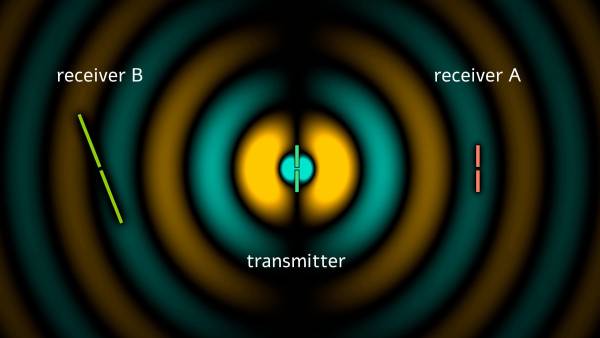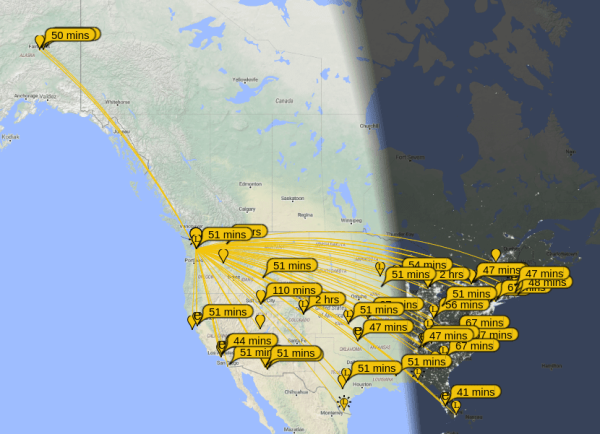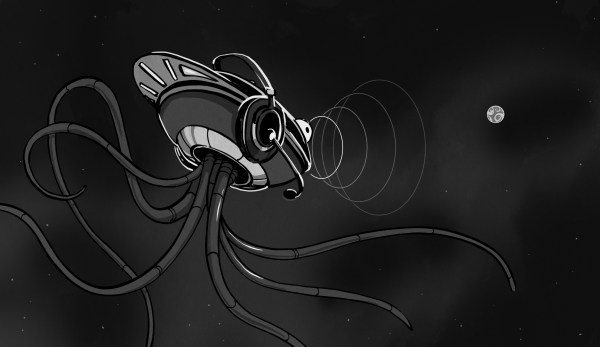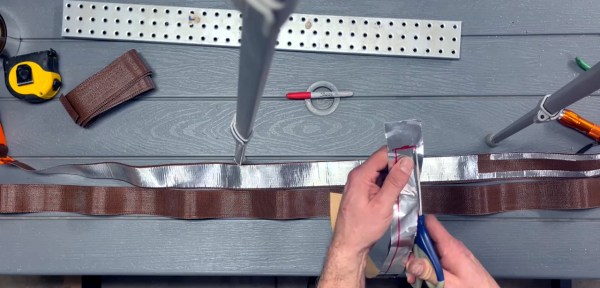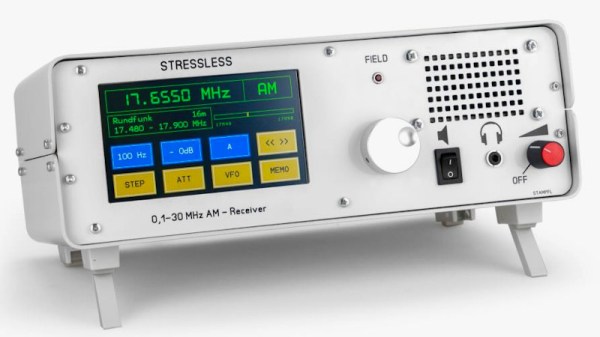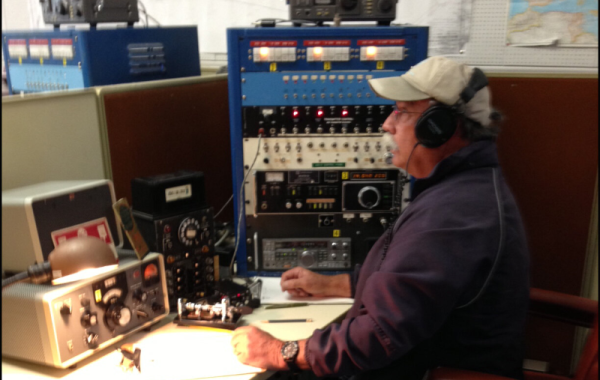Battlelines are being drawn in Canada over the lowly Flipper Zero, a device seen by some as an existential threat to motor vehicle owners across the Great White North. The story started a month or so ago, when someone in the government floated the idea of banning devices that could be “used to steal vehicles by copying the wireless signals for remote keyless entry.” The Flipper Zero was singled out as an example of such a nefarious device, even though relatively few vehicles on the road today can be boosted using the simple replay attack that a Flipper is capable of, and the ones that are vulnerable to this attack aren’t all that desirable — apologies to the 1993 Camry, of course. With that threat hanging in the air, the folks over at Flipper Devices started a Change.org petition to educate people about the misperceptions surrounding the Flipper Zero’s capabilities, and to urge the Canadian government to reconsider their position on devices intended to explore the RF spectrum. That last bit is important, since transmit-capable SDR devices like the HackRF could fall afoul of a broad interpretation of the proposed ban; heck, even a receive-only SDR dongle might be construed as a restricted device. We’re generally not much for petitions, but this case might represent an exception. “First they came for the Flipper Zero, but I did nothing because I don’t have a Flipper Zero…”
radio564 Articles
A Practical Guide To Understanding How Radios Work
How may radios do you own? Forget the AM/FM, GMRS/FRS radios you listen to or communicate with. We’re talking about the multiple radios and antennas in your phone, your TV, your car, your garage door opener, every computing device you own- you get the idea. It’s doubtful that you can accurately count them even in your own home. But what principles of the electromagnetic spectrum allow radio to work, and how do antenna design, modulation, and mixing affect it? [Michał Zalewski] aka [lcamtuf] aims to inform you with his excellent article Radios, how do they work?
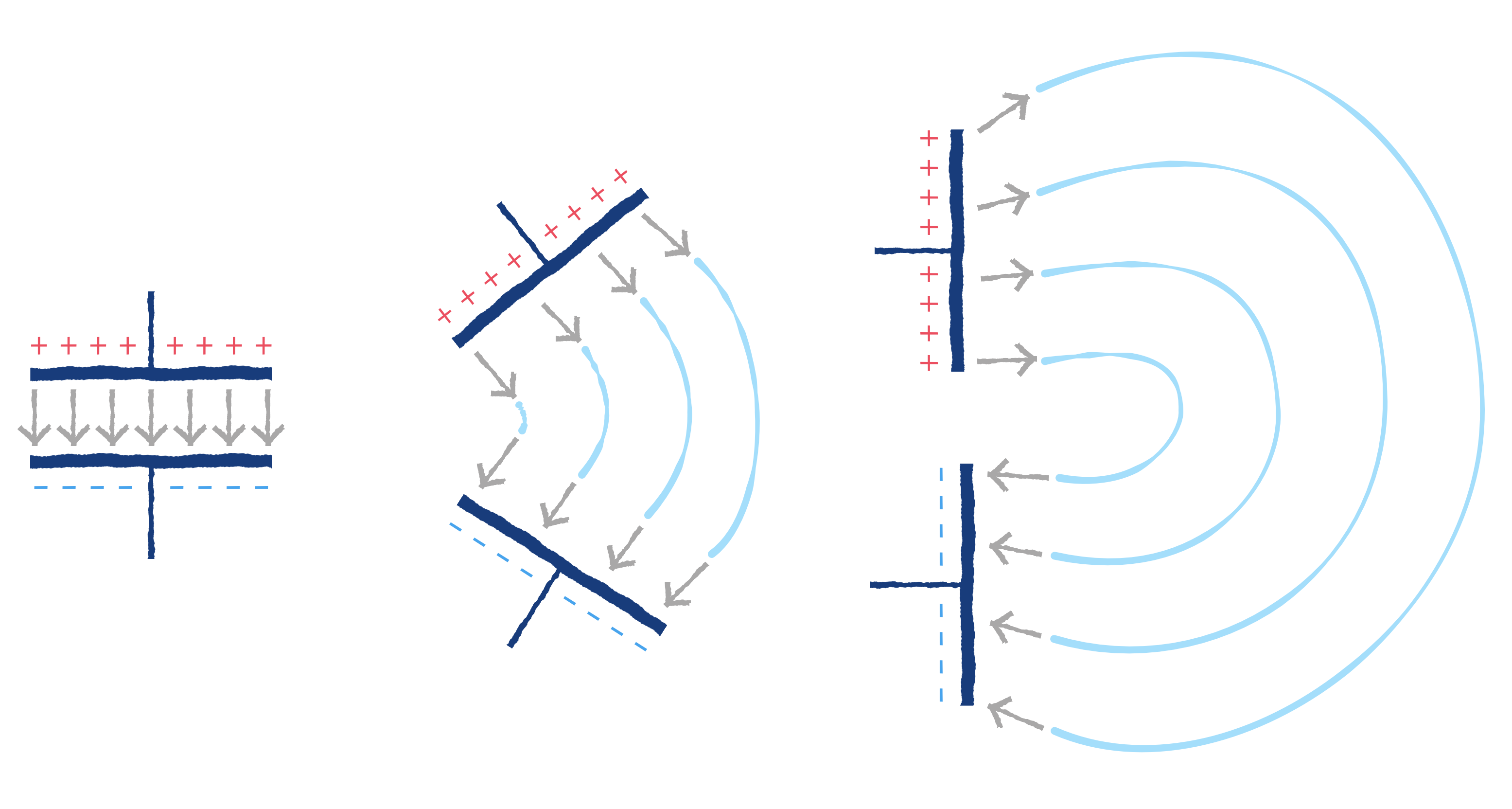
For those of you with a penchant for difficult maths, there’s some good old formulae published in the article that’ll help you understand the physics of radio. For the rest of us, there are a plethora of fantastic illustrations showing some of the less obvious principals, such as why a longer diploe is more directional than a shorter dipole.
The article opens with a thought experiment, explaining how two dipole antennas are like capacitors, but then also explains how they are different, and why a 1/4 wave dipole saves the day. Of course it doesn’t stop there. [lcamtuf]’s animations show the action of a sine wave on a 1/4 wave dipole, bringing a nearly imaginary concept right into the real world, helping us visualize one of the most basic concepts of radio.
Now that you’re got a basic understanding of how radios work, why not Listen to Jupiter with your own homebrew receiver?
Automatic Position Reporting Over HF Radio
While most of us carry cell phones that have GPS and other location services, they require a significant amount of infrastructure to be useful. Drive from Washington to Alaska like [Lonney] did a while back, where that infrastructure is essentially nonexistent, and you’ll need to come up with some other solutions to let friends and family know where you are.
A tool called the Automatic Packet Reporting System (APRS) is fairly robust in the very high frequency (VHF) part of the amateur radio spectrum, but this solution still relies on a not-insignificant amount of infrastructure for the limited distances involved with VHF. [Lonney] adapted a few other tools to get APRS up and running in the HF range, letting his friends keep tabs on him even from the most remote locations.
Continue reading “Automatic Position Reporting Over HF Radio”
The Hunt For Alien Radio Signals Began Sooner Than You Think
Every 26 months, Earth and Mars come tantalizingly close by virtue of their relative orbits. The closest they’ve been in recent memory was a mere 55.7 million kilometers, a proximity not seen in 60,000 years when it happened in 2003.
However, we’ve been playing close attention to Mars for longer than that. All the way back in 1924, astronomers and scientists were contemplating another close fly by from the red planet. With radio then being the hot new technology on the block, the question was raised—should we be listening for transmissions from fellows over on Mars?
Continue reading “The Hunt For Alien Radio Signals Began Sooner Than You Think”
Super-Portable, Tunable VHF Antenna
Ham radio is having a bit of a resurgence these days, likely due to awards programs like Parks on the Air (POTA) and Summits on the Air (SOTA), which encourage amateur radio operators to head outside and “activate” at various parks and mountaintops. For semi-mobile operations like this, a low-power radio is often used, as well as other portable gear including antennas. In the VHF/UHF world, the J-pole is a commonly used antenna as well, and this roll-up tunable J-pole antenna is among the most versatile we’ve seen.
The antenna uses mostly common household parts which keeps the cost down tremendously. The structure of the antenna is replacement webbing for old lawn chairs, and the conductive elements for the antenna are made out of metallic HVAC tape which is fixed onto the chair webbing after being cut to shape. The only specialized parts needed for this is a 3D printed bracket which not only holds the hookup for the coax cable feeding the antenna, but is also capable of sliding up and down the lower section of the “J” to allow the antenna to be easily tuned.
As long as you have access to a 3D printer, this antenna is exceptionally portable and pretty easy to make as well. Although VHF and UHF aren’t too popular for POTA and SOTA, portable equipment like this for the higher frequency bands is still handy to have around when traveling or operating remotely. With the antenna situation sorted out, a DIY radio that can make use of it might be in order as well.
Stressless Shortwave Reviewed
[Dan Robinson] picked up a shortwave receiver known as the “stressless” receiver kit. We aren’t sure if the stress is from building a more complicated kit or operating a more complicated receiver. Either way, it is an attractive kit that looks easy to build.
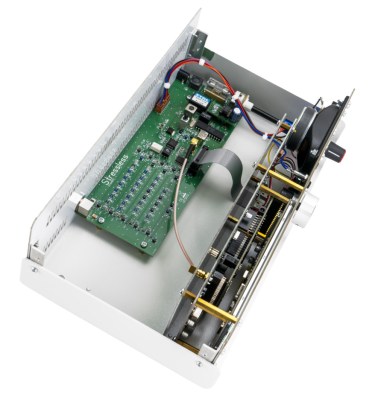 Presumably to reduce stress, the VFO and receiver boards are already built, so assembly is just a few hours connecting large components and boards. As kits go, this is a fairly simple one. We were surprised to read that the supplier says you can’t upgrade the firmware. We, of course, wonder if that’s true.
Presumably to reduce stress, the VFO and receiver boards are already built, so assembly is just a few hours connecting large components and boards. As kits go, this is a fairly simple one. We were surprised to read that the supplier says you can’t upgrade the firmware. We, of course, wonder if that’s true.
For technical specs, the receiver is AM only and can operate from 100 kHz to 30 MHz. It uses a double conversion with intermediate frequencies of 21.4 MHz and 455 kHz. There’s a BNC connector on the back, and the radio requires 11 to 15V on the input. Apparently, the frequency generator inside is an SI5351. The sensitivity and selectivity numbers look very good for an AM radio.
We were surprised to see the radio didn’t have provisions for SSB since AM-only makes it not as useful for hams or others interested in non-broadcast transmissions. If we are doing our conversions correctly, the kit is fairly pricey, too, especially considering that it is AM only.
Still, we like that you could easily assemble a nice-looking radio kit. We were interested in hearing it perform, and [Dan’s] video lets us virtually try it out without the effort. We’ve seen the SI5351 on a carrier if you want to roll your own. Come to think of it, we’ve seen several.
Inside America’s Last Morse Code Station
The Titanic famously (or infamously) used Morse code to call out in distress at the end of its final voyage. Ships at sea and the land-based stations that supported them used Morse code for decades, but with the growing use of satellites, maritime Morse code ended in 1999. With one notable exception. [Saahil Desai] writing in the Atlantic tells the story of America’s last Morse code station, KPH just north of San Francisco.
In fact, KPH did shut down in 1997 as part of the wind down of Morse code in ocean vessels. But some radio enthusiasts, including [Tom Horsfall] and [Richard Dillman], have brought the venerable station back to life. The radio squirrels, as they call themselves, dutifully send news and weather every Saturday to anyone interested in listening. They also exchange radio traffic, primarily with the SS Jeremiah O’Brien, a World War II-era ship parked nearby. N2FQ visited the station and operated the station on video, which you can see below. Or, check out the tour in the second video, below.


